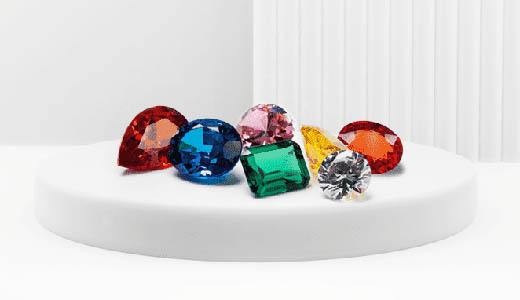Ethical and Legal Issues
Gemstone treatments and enhancements can raise ethical and legal issues. Many consumers are concerned about buying gemstones that have been treated or enhanced without their knowledge. Gemstone treatments and enhancements can also affect the value of a gemstone, and buyers may be misled about the quality and rarity of a gemstone if it has been treated or enhanced.
In response to these concerns, many countries have enacted laws and regulations that require gemstones to be labeled and disclosed if they have been treated or enhanced. The Federal Trade Commission (FTC) in the United States requires all gemstones to be labeled if they have been treated or enhanced, and the labeling must be accurate and not misleading. The European Union (EU) has also enacted regulations that require gemstones to be labeled and disclosed if they have been treated or enhanced.
In addition to legal requirements, many ethical issues surround gemstone treatments and enhancements. Some treatments and enhancements may be harmful to the environment, workers, or local communities. For example, mining for gemstones can have a negative impact on the environment and on the local communities where mining takes place. In addition, some gemstone treatments and enhancements may involve the use of harmful chemicals or other hazardous materials.
Another ethical issue is the potential for fraud and deception in the gemstone industry. Gemstones that have been treated or enhanced may be sold at higher prices than their untreated counterparts, and buyers may be misled about the quality and rarity of the gemstone. This can result in buyers paying more for a gemstone that is not as valuable as they thought.
To address these ethical issues, some organizations have developed ethical guidelines for the gemstone industry. For example, the Responsible Jewellery Council (RJC) has developed a set of ethical standards for the jewelry industry that covers issues such as human rights, labor practices, environmental impact, and product disclosure. The RJC requires its members to comply with these standards and to undergo regular third-party audits to ensure compliance.
Another initiative is the Kimberley Process Certification Scheme (KPCS), which was created to prevent the trade of conflict diamonds. The KPCS requires participating countries to certify that their diamond exports are conflict-free and that they have been mined and transported according to certain ethical standards.
In addition to these initiatives, consumers can take steps to ensure that the gemstones they purchase are ethically sourced and not treated or enhanced without their knowledge. One way to do this is to buy from reputable dealers who are transparent about their sourcing and treatment practices. Consumers can also look for certifications from organizations such as the RJC, which can provide assurance that the gemstones have been sourced and processed ethically.
